

? | Home page | Tutorial | Mixing in practice | Drums



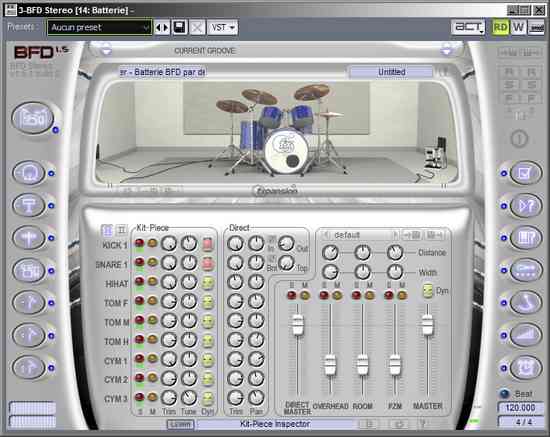

The drums are routed as follows:
MIDI AND AUDIO DRUM TRACKS The MIDI track contains the drum score itself. It is linked to the audio tracks of each drum element. Each one of the audio tracks is routed to the corresponding bus (snare drum track routed to snare drum bus, etc.)  |
|||
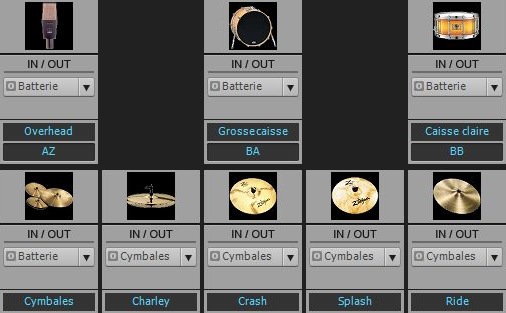 |
|||
Bus KICK DRUM |
Bus SNARE DRUM |
Bus CYMBALS (hi-hat, crash, splash, ride) |
Bus OVERHEAD |
| DRUMS bus |
|||

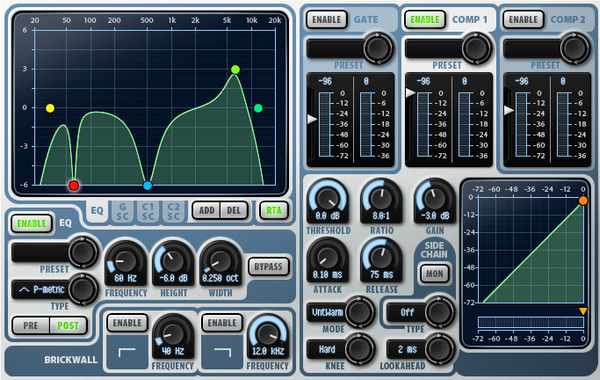

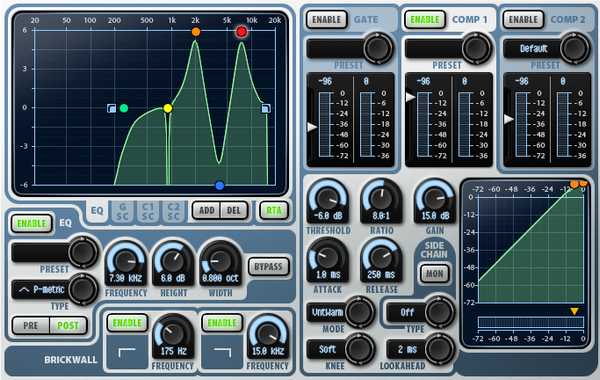
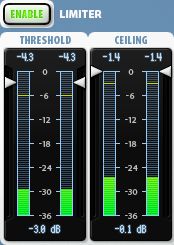
Final Plug is a commercial plugin, you will find free limiters here, as well as a compressor (that can also be used as a limiter with the appropriate settings).
A limiter will boost the sound by defining a bottom volume from which the sound will be raised up to the maximum ceiling value

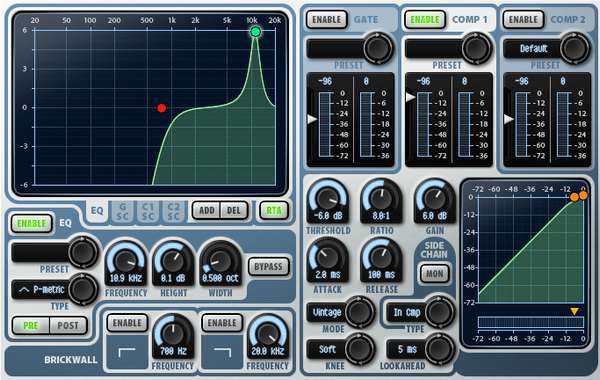
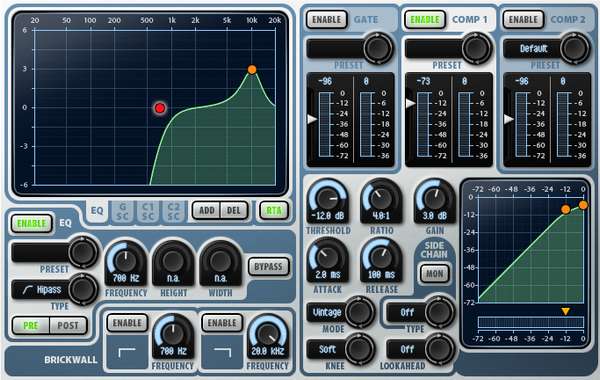
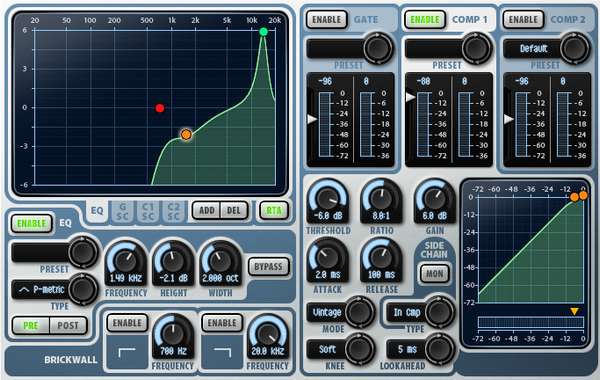
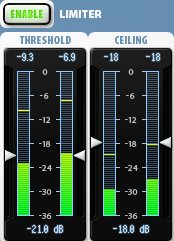

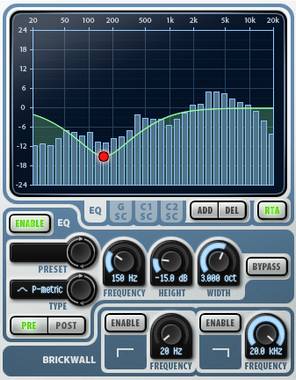

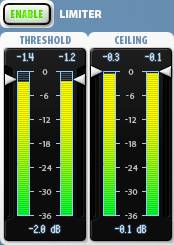
Final Plug is a commercial plugin, you will find free limiter plugins here, as well as a compressor plugin (that can be used as a limiter with the appropriate settings).
A limiter allows to boost the sound by setting a threshold level from which the sound will be raised up to a defined ceiling value.
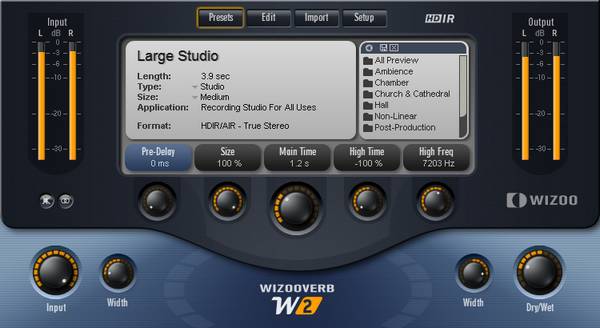
Wizooverb is a commercial plugin, but it is no longer sold, which is a pity because it's excellent. You will find free reverb plugins here. You can find a lot of alternatives on the Internet, with various levels of quality.
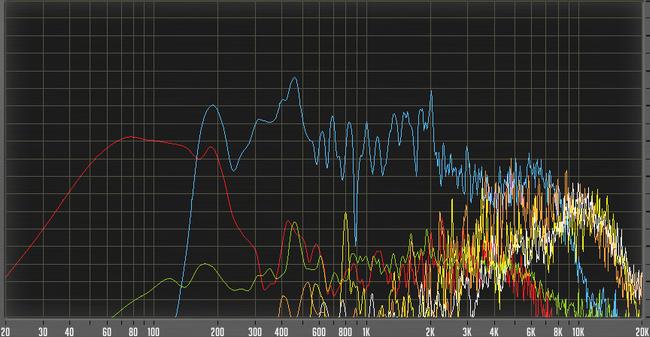

Messages page # 1 2 3 4 5 6 7 8 9 10 11 12 13 14 15 16 17 18 19 20 21 22 23 24 25 26 27 28 29 30 31 32 33 34 35

Siko
le 11/04/2018 à 10h39
Bravo Xavier, juste un petit mot de soutien, je suis impressionné par ton site et tes compos, très motivant pour un "jeune" débutant comme moi, je ne manquerais pas de revenir pour en écouter plus et profiter de ton expérience.
Bonne continuation et merci.
* * * * * * * * * * * * * * * *
Merci à toi, ça fait plaisir !
Grebz

Nicklaus
le 03/03/2018 à 14h10
Salut,
Je viens de prendre connaissance de ton site, c'est pas mal du tout, je voulais me mettre aux IR depuis un bout de temps, et là j'aurais quelques questions.
J'ai énormément de matériel de musique et j'aimerais tout centraliser dans un Helix.
Pour ça il faudrait que je puisse séparer chaque élément de mon rack et de mes pédales de manière indépendante, est-ce possible?
J'imagine que oui, il suffit simplement d'avoir une différence entre l'entrée et la sortie des appareils, comme les tutos que tu proposes.
Par contre j'aimerais pouvoir faire une IR de mon ampli de puissance et là je bloque un peu.
En effet, si je veux sortir le son de mon ampli de puissance il faut obligatoirement que je passe par un baffle et là ça va colorer mon son. Existe-t-il un moyen de récupérer juste un fichier IR de mon ampli de puissance un Mesa Boogie fifty-fifty.
Et pouvoir aussi récupérer un IR de mon baffle seul.
En fait ce que vous je voudrais faire dans le Helix c'est pouvoir charger plusieurs IR de chaque élément de mon rack, un pour le preamp, un pour l'ampli de puissance, un pour le baffle...
Si tu as des idées pour faire quelque chose, je serais ravi d'avoir tes conseils, merci d'avance

Mouss Kerr
le 31/01/2018 à 19h08
Bonjour,
Félicitations pour ton site. J'essaie de télécharger les simulateurs d'amplis gratuits sans succès. Je m'y prends certainement mal car je débute. Mon matériel : PC I5 64 bits. DAW Reason 9.5. J'ai créé un dossier VST ajouté dans préférences ... Avancé. J'y ai transféré le fichier DLL mais impossible de l'ouvrir sous Reason. Merci par avance

uni
le 13/01/2018 à 19h29
Solid work across the board. Found myself here because of your amp heads and then never left!
* * * * * * * * * * * * * * * *
<em>Glad you find the place nice and cosy. You're welcome here!
Grebz</em>

Ym_trainz
le 11/11/2017 à 00h35
Merci pour ce tuto !
Le seul bémol que j'apporterais, c'est la dynamique finale : ne pas céder au chantage mais rester à -14 / -12dB RMS si on exporte sur CD. En revanche, -12 / -11 dB pour un mp3 192kbps paraît acceptable.
Ym_trainz
* * * * * * * * * * * * * * * *
<em>Oui, dans la mesure du possible, je confirme que c'est bien de rester à des niveaux inférieurs à -12dB. Il faut tendre vers ça le plus possible. Mais en arrivant à -10dB dans mon exemple, je fais malgré tout déjà mieux que la plupart des albums actuels.
Quant à l'export CD, il est quand même de plus en plus rare. La plupart des gens écoutent désormais leur musique depuis leur téléphone portable, et bien souvent en mp3. Et honnêtement, la différence entre un fichier wav et un fichier mp3 à 320 kbps est indiscernable pour 99 % des gens. Même à 192 kbps, rares sont ceux qui sont capables d'entendre la différence, surtout quand c'est écouté au travers d'écouteurs ou d'enceintes bas de gamme ou moyenne gamme.
Grebz</em>
